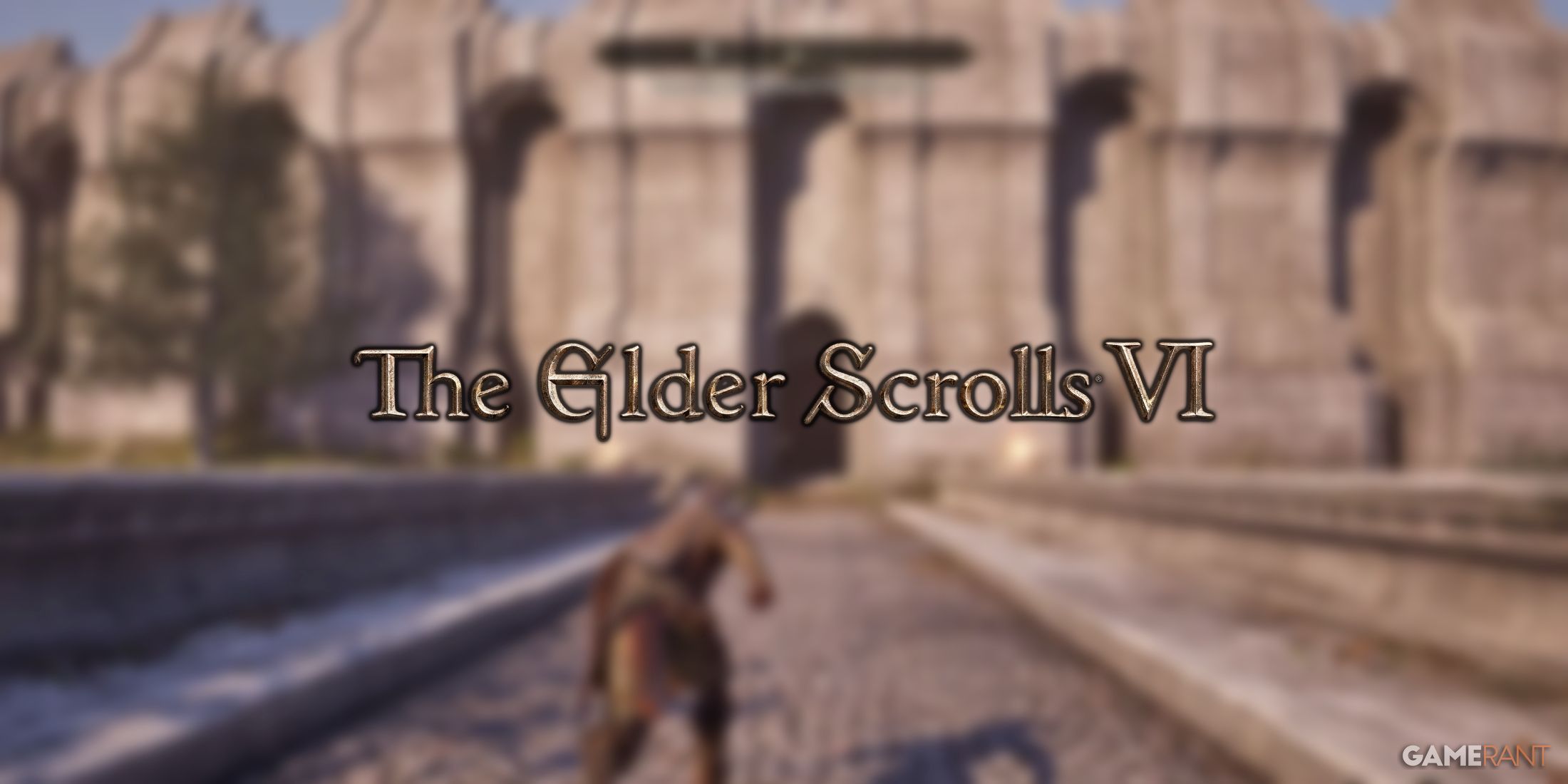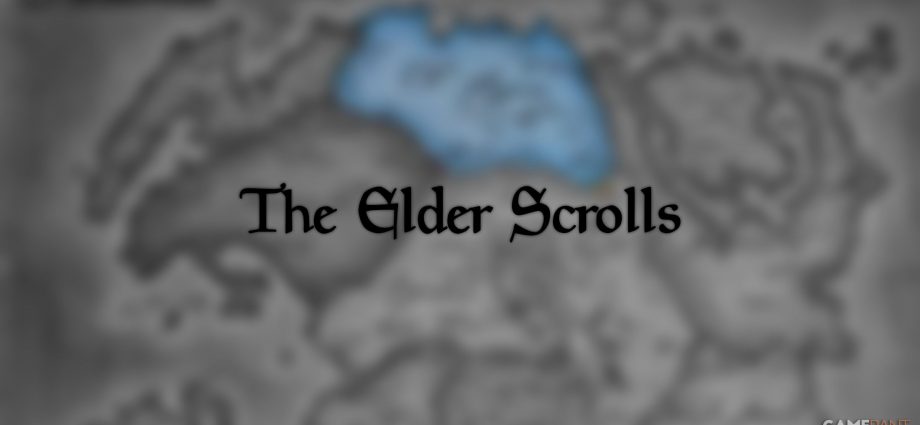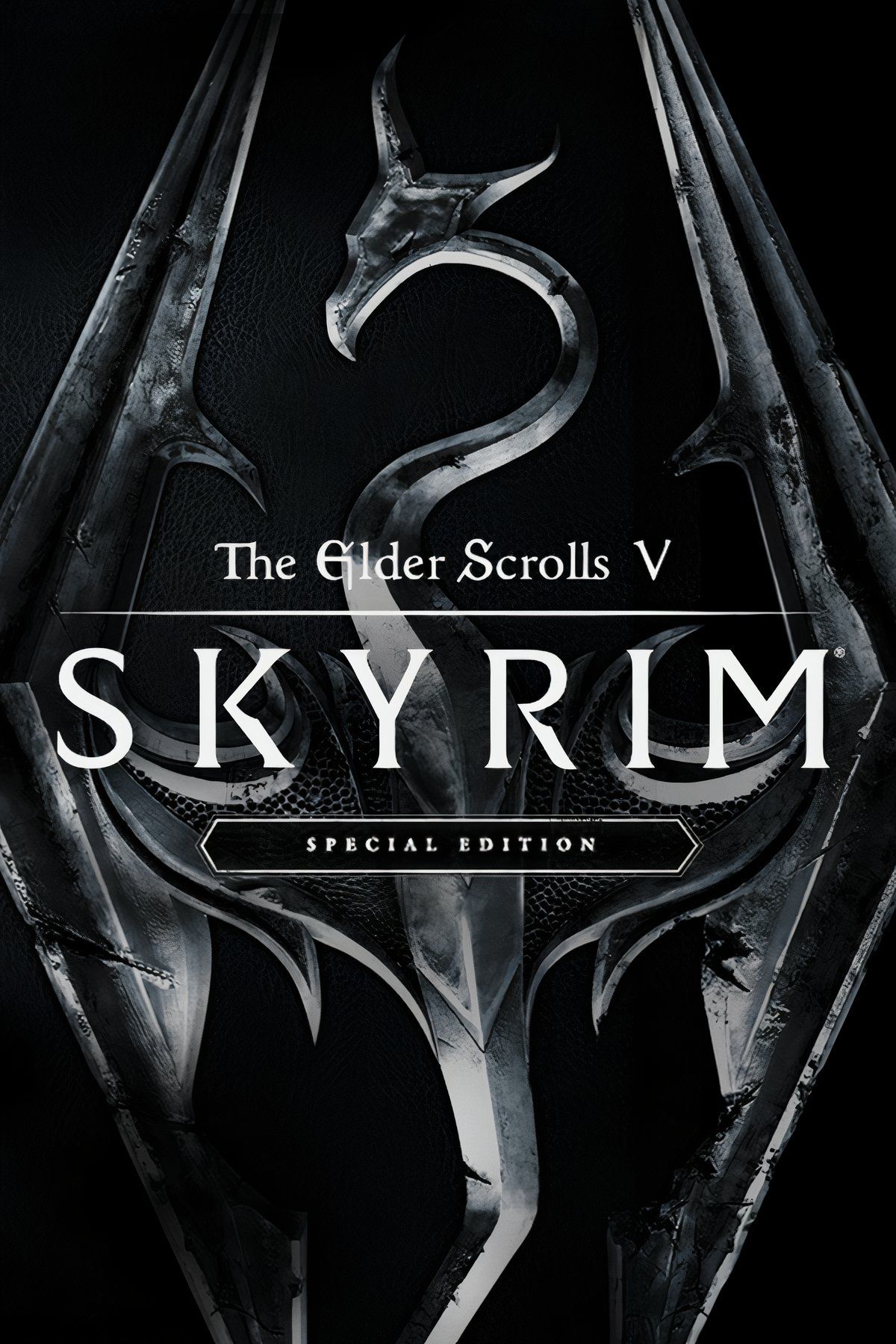Summary
- Skyrim’s influence extends beyond gaming, making it an ideal starting point for a film adaptation.
- The familiar setting of Skyrim offers cinematic appeal, accessible to general audiences unfamiliar with the lore.
- Translating Skyrim’s gameplay into film language requires focusing on themes like destiny and power, while emphasizing visual storytelling.
With The Elder Scrolls 6 still in development and the Oblivion remaster already released, Bethesda’s legacy continues to evolve. The recent success of the Fallout television series showed that video game adaptations can work when they embrace the tone and structure of their source material while respecting the needs of a new medium. If The Elder Scrolls were ever adapted into a film, The Elder Scrolls 5: Skyrim would be the best starting point. It remains the most influential game in the series, defining how millions of players understand what the franchise is all about.
Released in 2011, Skyrim quickly became one of the most talked-about RPGs of its generation. It shaped Bethesda’s identity as a studio and impacted the broader landscape of open-world design. From its radial quest system to its modular world exploration, Skyrim helped establish expectations that Western RPGs still follow. Choosing it as the foundation for a movie would mean building on a story that is not just familiar but foundational.

Related
How Oblivion Remastered Recontextualizes Skyrim’s Immersion
Skyrim’s immersion has long been one of its best features, and players returning from Oblivion Remastered get to see it in a whole new light.
Skyrim’s Familiar Setting Offers Cinematic Appeal
Compared to the more alien landscapes of Morrowind or the imperial grandeur of Oblivion, Skyrim’s setting is arguably more grounded. Its world pulls from Norse mythology, Celtic ruins, and medieval European aesthetics. The snow-covered terrain, towering mountains, and mead-filled halls feel familiar even to those who have never played the game. This kind of accessibility is critical for a film adaptation, especially for reaching general audiences who may not be invested in the lore.
The central conflict in Skyrim focuses on Alduin, a world-ending dragon, and the rise of the Dragonborn. That narrative already follows a familiar hero’s journey format, with an ancient evil returning, a reluctant hero gaining power, and a climactic battle to determine the fate of the world. Side quests like the Dark Brotherhood’s assassination plots or the civil war between Stormcloaks and Imperials could be explored in a sequel or used to enrich the background of the first film.
Skyrim’s faction-based stories were some of the most memorable in the series. A movie could include hints of these without overwhelming the main plot, allowing for future spin-offs or prequel series.
The Skyrim Movie Could Shape the Franchise
A successful adaptation of Skyrim could do more than just satisfy existing fans. It could reframe how the general public understands The Elder Scrolls as a franchise. Just as The Witcher series expanded interest in the books and games, a well-made Skyrim film could spark renewed curiosity in Tamriel’s other provinces. It could also serve as a narrative bridge to future entries in the series, including The Elder Scrolls 6, which remains shrouded in mystery.
By referencing elements from Oblivion, like the Daedric Princes or the political structure of Cyrodiil, the film could organically connect to the remaster. This is especially relevant now that Oblivion is available again and enjoying renewed attention. Smart cross-promotion would benefit both new fans and returning players. The success of Fallout 4 post-show demonstrates that players are willing to revisit older games when inspired by well-made adaptations.
The Elder Scrolls timeline allows events from different games to be mentioned or foreshadowed. A character in Skyrim could refer to the Oblivion Crisis, giving context and depth to newcomers while rewarding fans.

Related
Oblivion Remastered is Putting The Elder Scrolls 6 in a Tough Spot
Oblivion Remastered made an important change to the original’s formula that’s very different from Skyrim, leaving TES 6 stranded between two extremes.
How a Skyrim Movie Could Work
Translating Skyrim’s Gameplay Into Film Language
One of the trickiest parts of adapting a game like Skyrim is deciding which player choices to canonize. In the game, the Dragonborn can be any race, gender, or moral alignment. A film would need to define those choices, potentially alienating some fans. However, this challenge is not unique to Skyrim. Other adaptations, such as The Witcher, have succeeded by focusing on the emotional truth of the source material rather than replicating every interactive element.
Instead of offering branching paths, a film could capture the game’s essence by focusing on themes like destiny, power, and freedom. The Dragonborn could be written as a character torn between their responsibilities and personal desires. This gives the story emotional weight while echoing the decisions players face. Subtle nods to in-game choices (like whether to side with the Blades or spare Paarthurnax) could be worked into the dialogue or worldbuilding.
Visual storytelling would also play a vital role. The first time the Dragonborn shouts or absorbs a dragon soul could be a cinematic moment that parallels the awe players felt when it happened during gameplay. Combat choreography would need to emphasize the magic and variety seen in the game, blending shouts, spells, and melee into something theatrical and memorable.
A story born in frost and fire still echoes beyond the screen, waiting to be told anew. If Skyrim led players to discover destiny, perhaps a film could let them feel it. The world does not need to be reinvented, only reawakened with care. In the hands of the right storyteller, the road to High Hrothgar might begin not with a shout, but a whisper.



